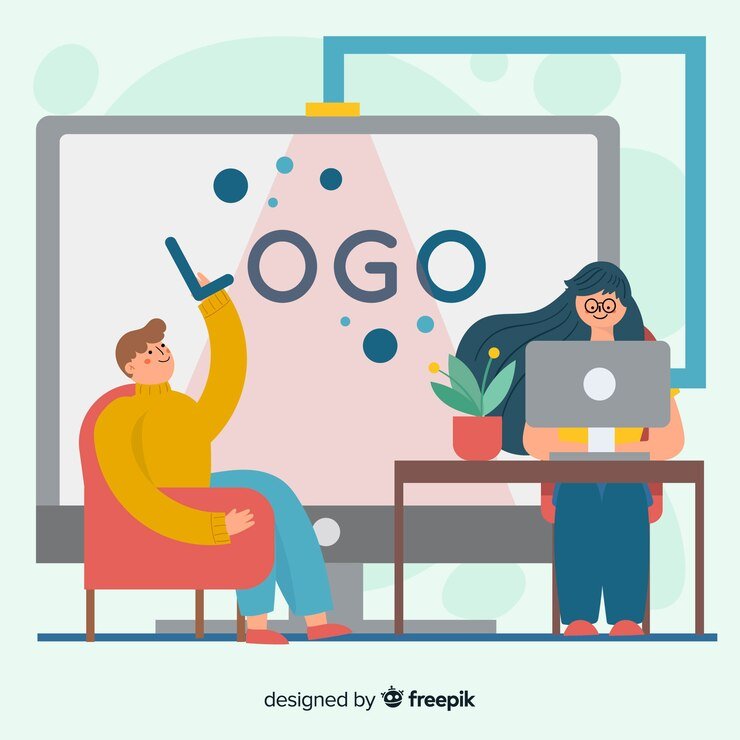How to Create a Simple yet Powerful Logo

Creating a simple yet powerful logo requires a blend of creativity, clarity, and purpose. A well-designed logo doesn’t need to be complex to make an impact. This guide explores key principles of minimalistic logo design, demonstrating how simplicity can enhance brand recognition and memorability. We’ll cover essential tips for choosing a versatile design that conveys brand values at a glance, tips for working with negative space, selecting fonts that communicate personality without clutter, and using impactful color choices. By following these strategies, you’ll learn how to craft a logo that is not only visually appealing but also adaptable and timeless, making a strong statement in any context.
Embrace Simplicity in Design
- Less is More: Simplifying design elements can often result in a more impactful logo. It allows the viewer to instantly recognize and remember the brand.
- Focus on Key Elements: Strip away unnecessary details, focusing on core elements that truly represent the brand’s essence and message.
Use of Negative Space
- Effective Use of Space: Negative space can be leveraged to add depth and creativity to a simple logo. Famous logos like FedEx use negative space to communicate messages subtly.
- Clean and Uncluttered Look: Negative space creates a clean, uncluttered look, helping viewers focus on the logo’s main message without distraction.
Choosing the Right Font
- Clarity and Readability: Simple fonts make logos easier to read and more versatile across mediums. Fonts like Helvetica and Arial are often used for their clean lines and readability.
- Typography as an Expression of Brand: Select fonts that convey the brand’s personality. For example, sans-serif fonts feel modern, while serif fonts are more traditional and professional.
Thoughtful Use of Color
- One or Two Colors: Limiting the color palette to one or two impactful colors can create a memorable and striking logo.
- Color Psychology: Use colors that evoke the intended brand emotions. Blue signifies trust, red conveys energy, and green often represents nature or sustainability.
Scalability and Adaptability
- Versatile in Different Sizes: A simple logo should retain its impact when scaled up or down. Test the logo at various sizes to ensure it looks good on everything from business cards to billboards.
- Adaptable Across Platforms: Consider how the logo will look across digital and physical platforms, such as websites, social media, and product packaging.
Timeless Design Choices
- Avoid Trendy Elements: Trends can be fleeting. Design with timeless qualities that won’t feel outdated in a few years, allowing the logo to remain relevant.
- Classic Shapes and Lines: Simple shapes like circles, triangles, and squares can create strong associations and are easily recognizable.
Test and Refine
- Gather Feedback: Test your logo with your target audience to gain insight into how it resonates and if it effectively communicates the brand’s values.
- Make Adjustments: Refine your design based on feedback, making sure it’s visually appealing, clear, and representative of the brand’s core identity.
Memorability through Uniqueness
- Distinctive Simplicity: A simple design doesn’t mean it should look generic. Find ways to add a unique twist that sets your logo apart.
- Memorable Visuals: Aim for a design that leaves a lasting impression, ensuring people can easily recall the brand upon seeing the logo again.














